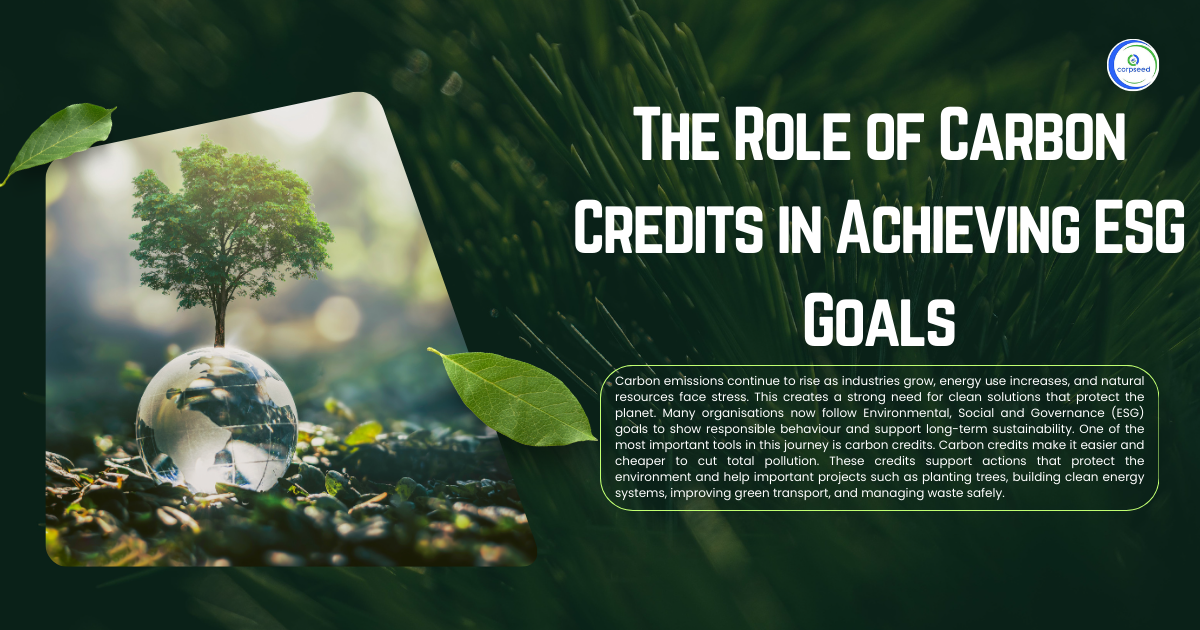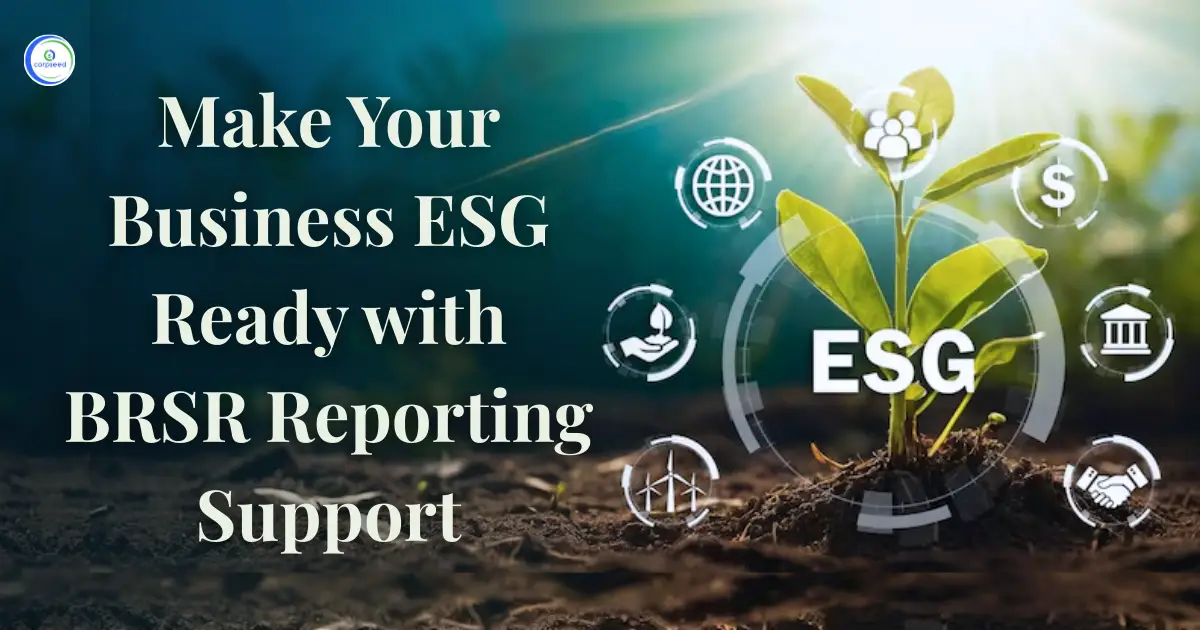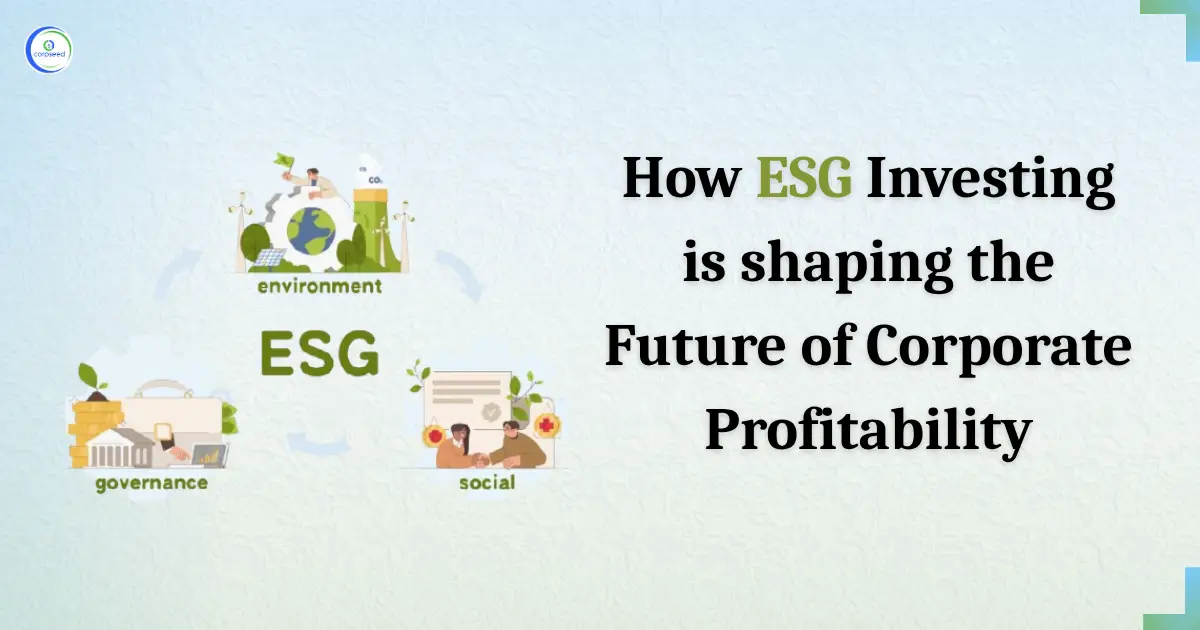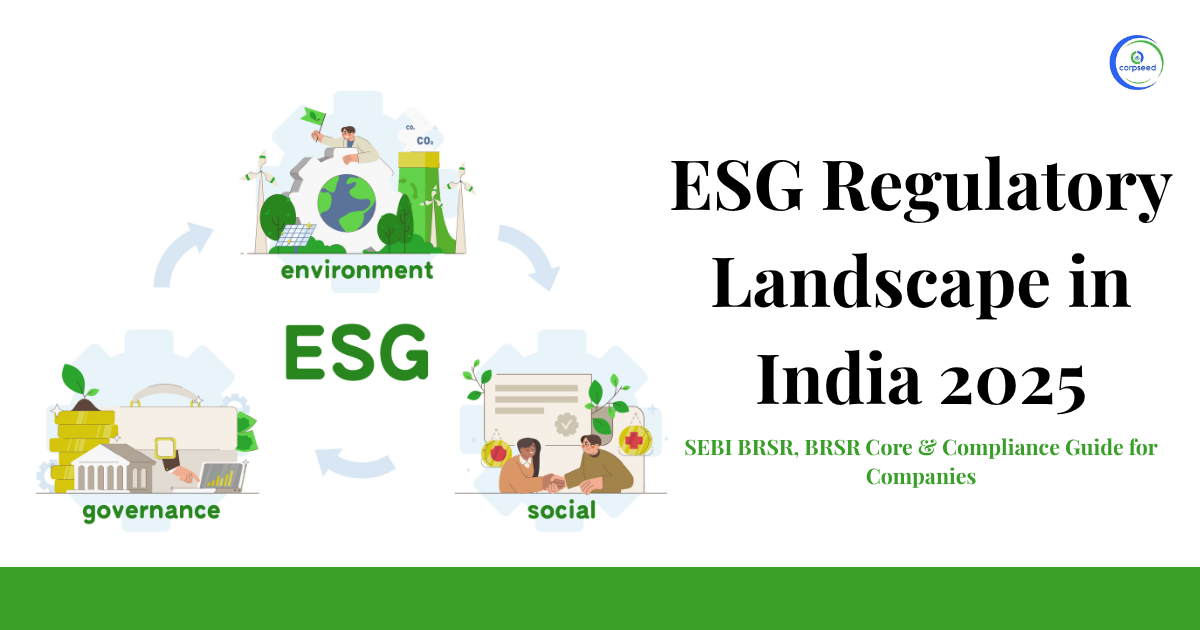Agenda: Sustainability for Steel Production
India's industrial growth places high importance on the mission of steel production. This not only catalyzes attracting untapped potential but also paves the way for sustainable growth. It is no surprise that steel is omnipresent, found in buildings, bridges, and even within our homes, as we are consumers of this versatile material. From natural gas pipelines to machine tools, the reliance on steel is undeniable. Its extensive applications assure us of its convenience and the undeniable benefits.
Table of Contents
--------------Blog Contact Form-------------
As we explore this topic further, it becomes clear that steel is a more cost-effective and environmentally friendly metal compared to others. The data indicates that extracting iron from ore is only about a quarter of the cost of extracting aluminium. Additionally, steel is easily recyclable, making it a sustainable option. Moreover, steel production is more efficient than that of non-ferrous metals, with a production rate 20 times higher.
Not only this but today, the steel industry has adopted better technologies while striving to make this metal much better and versatile than ever before. Therefore, steel production continues to make huge strides by maintaining its dominance and presence in the market.
What does Green Steel mean?
Green Steel refers to producing steel without relying on conventional fossil fuel methods. Instead, it utilizes low-carbon energy sources like electricity, coal, and hydrogen, deviating from the traditional carbon-intensive approach.
Green steel serves as a sustainable alternative that has the potential to reduce greenhouse gas emissions, improve steel quality, and eliminate associated costs. The need for the same is growing and is expected to skyrocket.
It is widely recognized that the steel industry is the largest sector in terms of industrial production, and India has emerged as the leading contributor of carbon dioxide emissions. Recognizing this issue, a pledge was made at the Climate Change Conference, which concluded that the Indian steel industry must reduce its emissions by 2030 to achieve net-zero carbon emissions by 2070. With this, conscious efforts have been made to make sustainable steel production.
Read Our Blog: The Challenges and Opportunities of Green Hydrogen in India
Sustainable Ways for Steel Production
Steel production may not have a long history, but it plays a crucial role in sustainability and the shift towards clean energy today. If we continue to rely on traditional methods of steel production, we will contribute to pollution and greenhouse gas emissions. Surely, we do not want to face unforeseen consequences. Therefore, it is wise to ensure the resilience of our economy by taking significant steps, which emphasize the following:
- Utilizing the use of Renewable energy resources
Steel production plays a crucial role in the country's economic development, acting as a critical driver for industrial progress. Like steel is considered one of the top metals, its production can be made environmentally sustainable by incorporating renewable energy sources.
Moving away from outdated methods that rely on fossil fuels like coal, which contribute to greenhouse gas emissions, and instead embracing renewable energy sources such as hydroelectric power, the negative environmental impact can be significantly reduced. Thus, implementing these tips and tricks becomes even more critical in the context of India's steel production.
- Improving Energy Efficiency
To ensure and cater to India’s sustainable steel production, it is advisable to adopt the green ambition and advertise using energy-efficient technologies, which otherwise would make things topsy-turvy in a way that would emit gaseous substances, causing negative environmental impact. This can be achieved with investments in energy-efficient equipment and furnace operations that make India the hub of sustainable steel production.
- Recycling
To assess the sustainability of steel production in India, it is essential to acknowledge the high recyclability of steel. Recycling scrap steel can eliminate the need for raw materials or energy-intensive extraction processes. This contributes to the economy of steel production and emphasizes the significance of utilizing recyclable materials, which could shape India's economy.
- Sourcing Raw materials
There is an inevitable social and environmental impact in the realm of extracting raw materials for steel production in India. However, to encourage sustainability, one can embrace sourcing methods that amplify the transparency and traceability of raw material supply chains, encourage responsible mining practices, and back efforts to ensure fair labour conditions.
Therefore, utilization of renewable energy sources, increased energy efficiency, recycling and sourcing the raw materials are a few ways that help you make steel production in India more sustainable.
- Collaboration with Stakeholders
Sometimes, the initiatives undertaken in the name of sustainability need not solely incur financial costs. Steelmakers may have to closely connect with the stakeholders to arrive at a mutual judgement to ensure that the needs are met, aligning with the principle of sustainability. No wonder this partnership can drive effective solutions when achieved together as one. Such is how it may impact as well as encourage the sustainability of steel.
- Encourage Green steel
With the progress made in steel production, there has been a growing popularity of green steel and the use of green hydrogen to reduce the carbon footprint associated with steel manufacturing. As a result, green steel is emerging as a promising sustainable alternative to replacing fossil fuels in environmentally friendly practices.
However, the cost of green steel is considerably high, necessitating our industry's need to increase production and strive towards achieving net-zero targets. Government initiatives are focused on implementing environmental measures that aim to reduce carbon dioxide emissions and adopt more advanced technologies.
Government Initiative in Steel Production
The Ministry of Steel in India has set an ambitious goal of achieving net-zero steel production by 2070 in order to significantly increase and improve steel production. This initiative includes short, medium, and long-term targets that are aimed at achieving specific goals, as outlined below:
- In the Short term (FY 2030), the Government aspires to focus on minimizing carbon emissions in the steel industry via the adoption of efficient energy resources along the renewable energy.
- For the medium term ( 2030-2047), usage of Green Hydrogen, carbon capture, and utilisation along storage are key focus areas.
- But, as per the long-term (2047-2070), disruptive technologies may help transition to the net-zero goals. Along with this, the Ministry of Steel has initiated organising and engaging with the stakeholders.
The Need for Decarbonization of Steel
India has reached a significant point in its development where the use of steel in construction and economic activities has led to it becoming the leading contributor to carbon emissions. This poses a major threat to future growth. To address this issue, there is a strong push for the decarbonization of steel. Decarbonization is implementing environmentally friendly practices to reduce carbon usage in steel production, with the ultimate goal of achieving net zero carbon emissions by 2070. Not only is it an initiative, but a mission with a vision.
The government initiative for the decarbonization of steel involves the following steps, which include-
- It includes the steel scrap recycling policy of 2019, which further enhances and encourages the availability of the scrap that is generated domestically, to eliminate the use of coal involved in steel making.
- The Ministry of New and Renewable Energy (MNRE) has mentioned the initiative called the Green Hydrogen Mission for fulfilling hydrogen production. And in that case, the steel sector now has now begun acting as a stakeholder.
- The Motor Vehicles (Registration and Functions of Vehicles Scrapping Facility) Rules, dated September 2021, denote the increase in the availability of scrap in the steel sector.
- The National Solar Mission introduced by MNRE in January 2010, spells out the application of solar energy while eliminating the emissions, produced by the steel industry.
- The PAT (Perform, Achieve and Trade) scheme is proposed under the National Mission for Enhanced Energy Efficiency, which encourages steel industries to reduce energy consumption.
With that, the Ministry of Steel focuses on the promotion of steel production, by minimizing the effect of carbon emissions on the environment, while adopting sustainable practices.
Final Thoughts: Sustainable Steel Production
As the foremost country in steel production, we have committed to promoting sustainability by striving for net-zero carbon emissions by 2047. In doing so, our objective is to make significant advancements in steel production while embracing environmentally friendly practices. These practices encompass sourcing raw materials responsibly, collaborating with stakeholders, and harnessing renewable energy resources. Thus, we aim to achieve net-zero emissions by 2047 and promise to abide by those sustainable approaches.
This portion of the site is for informational purposes only. The content is not legal advice. The statements and opinions are the expression of author, not corpseed, and have not been evaluated by corpseed for accuracy, completeness, or changes in the law.
BOOK A FREE CONSULTATION
Get help from an experienced legal adviser. Schedule your consultation at a time that works for you and it's absolutely FREE.









